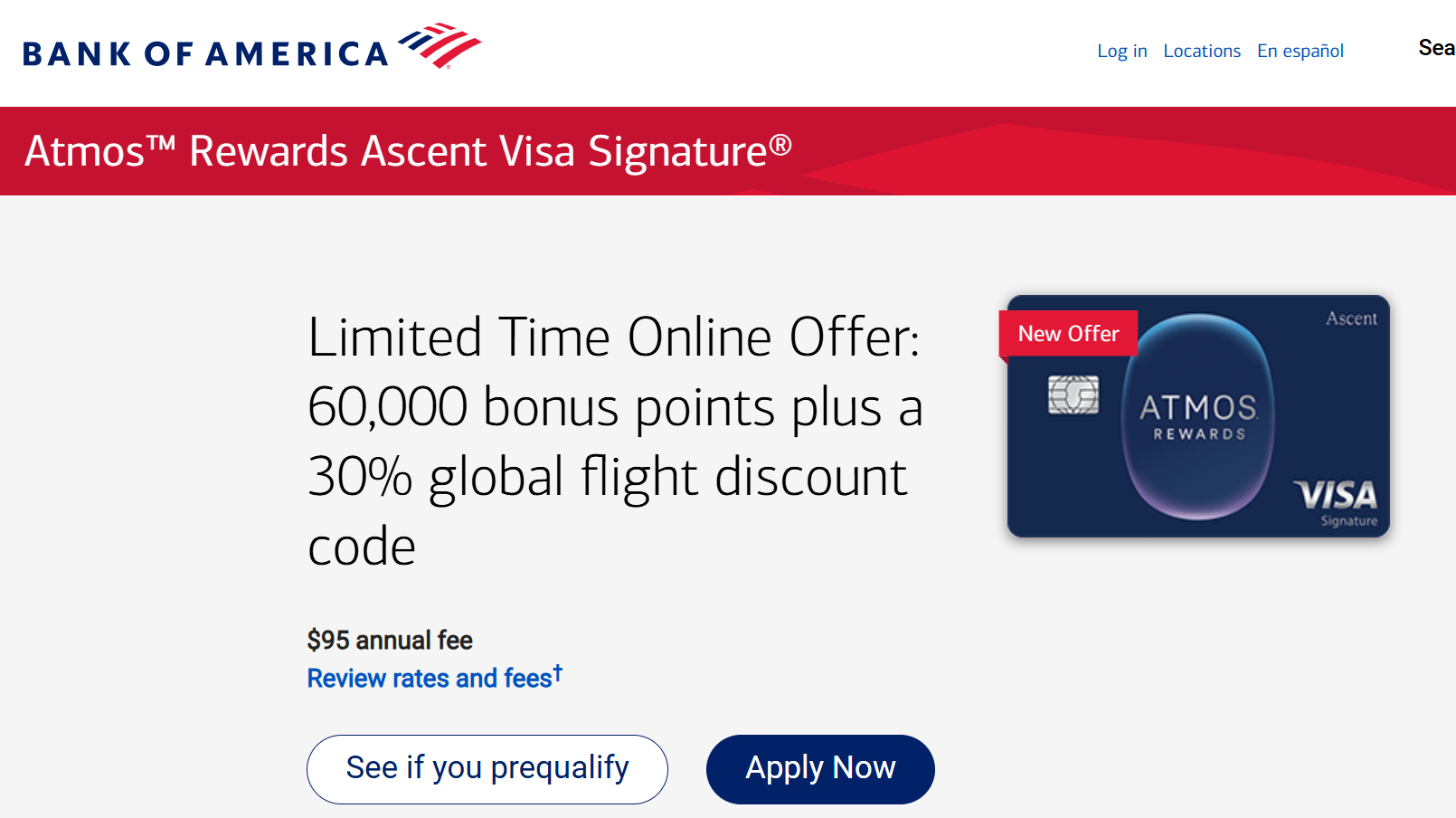If you’ve ever seen a customer abandon their basket at checkout, you’ve probably asked yourself what went wrong. Sometimes it’s the price. Sometimes it’s timing. But often, it’s the payment process itself.
With more than 200 payment methods available globally, and a growing number used regularly in the UK, customers are becoming more selective about how they pay.
For small businesses, understanding these preferences is more than a nice-to-have. It can directly affect conversion rates, customer trust and repeat business.
The psychology behind payment decisions
Customers don’t always make payment choices based on logic. Often, it comes down to what feels right. That could be familiarity, trust in the method, or how seamless the process is on a particular device.
For example, debit and credit cards remain popular because they’re familiar and easy to understand.
Many customers feel a sense of control when using them, especially when they know what protection comes with each transaction. Mobile wallets are becoming a go-to option, especially for shoppers using their phones. They speed up the process and often feel easier than typing in card details on a small screen.
Security plays a big role too. According to a recent survey, only 35 per cent of UK consumers consider real-time payments more secure than credit cards.
That suggests that despite the availability of newer options, many customers still prefer methods they associate with safety and reassurance.
When design costs you a sale
Even if you offer the ‘right’ payment methods, the checkout experience itself matters. Around two-thirds of UK shoppers say they’re less likely to complete a purchase if the payment process is slow or confusing.
Common issues include unclear buttons, too many redirects, or payment pages that don’t adapt well to mobile. Customers might not say anything, they just leave. That moment of hesitation is often all it takes to lose a sale.
The good news is that many of these issues are fixable without major investment.
Reviewing which payment methods customers prefer on mobile can reveal useful trends. If you see drop-offs linked to a specific method or region, consider whether you’re offering what that customer group actually expects, or whether a localised option would perform better.
Local context matters
There’s no such thing as a universal checkout experience. Payment habits vary by age, location and financial background. Research from The Payments Association shows that cash is still regularly used by younger UK consumers in certain areas. Elsewhere, card payments remain dominant, even when newer options are available.
[embed]https://www.youtube.com/watch?v=dMEcmsI_p3A[/embed]
Understanding your specific audience is key.
Businesses that operate across regions, or serve different customer groups, benefit from tailoring their payment offering rather than assuming one setup works for everyone.
Nudging new habits with incentives
Sometimes, people avoid a newer payment method simply because they’re unfamiliar with it. Account-to-account (A2A) payments are a good example. They’re often cheaper for merchants to process, and quicker for customers. Yet many shoppers still hesitate to use them.
A recent study found that while only one in three US consumers had used A2A recently, 40 per cent would consider switching if rewards or discounts were offered.
Among millennials and Gen Z, that number rises to over 60 per cent.
For small businesses, this opens the door to something practical. Offering a modest incentive – whether that’s a discount, loyalty reward or even quicker fulfilment for customers who choose A2A – can make unfamiliar options feel more worthwhile. These small nudges not only increase uptake but also build confidence in methods that are often faster to settle and more affordable to process.
It’s worth trialling these approaches for a limited time and tracking the results. If they deliver savings or improve customer engagement, they can be scaled up affordably.
Understanding cost implications
Not all payment methods cost the same.
For small businesses operating on tight margins, card fees, platform charges and settlement delays can add up quickly.
This is where understanding your payment mix becomes valuable. A2A and localised payment methods often come with lower transaction fees than traditional card networks. But they may require a little more explanation or customer reassurance up front. The right balance between cost and customer experience comes from offering payment options that people trust and that make financial sense for your business.
Reviewing your transaction data and speaking to your provider can highlight where you’re overpaying and where a small change might bring long-term value.
What small businesses can do today
Improving your payment process doesn’t have to mean investing in new platforms.
Small changes can go a long way.
Start by checking how your checkout performs across devices. Make sure the most trusted and popular methods for your audience are clearly displayed, and that nothing about the process feels unexpected or difficult to navigate.
Consider trimming your payment options if the list is long. Too many choices can be overwhelming. Two or three well-supported methods often work better than six rarely used ones.
Finally, think about incentives not just as marketing tools, but as behavioural cues.
A small reward can tip the balance in favour of methods that save you money or speed up settlement times.
Checkout is often the moment of truth. It’s where the experience either confirms the customer’s confidence or quietly loses it.
Understanding how your customers prefer to pay doesn’t need major investment. It starts with observing their habits, testing small changes, and making sure the process feels clear and reliable from start to finish.
Zaki Farooq is CTO and co-founder of PayFuture.
Read more on payments
10 card payment machines ideal for small business – A review of the best card payment machines for UK small businesses and independent traders, with break downs and explanations of fees and functions
Cheapest card payment machines – We show you the cheapest card machines that are available on the market by transaction fee
Best payment processors for UK small businesses – 11 of the best – What’s the best payment system for your small business? We review 11 of the best payment processors for UK SMEs
Disclaimer: This story is auto-aggregated by a computer program and has not been created or edited by finopulse.
Publisher: Source link








